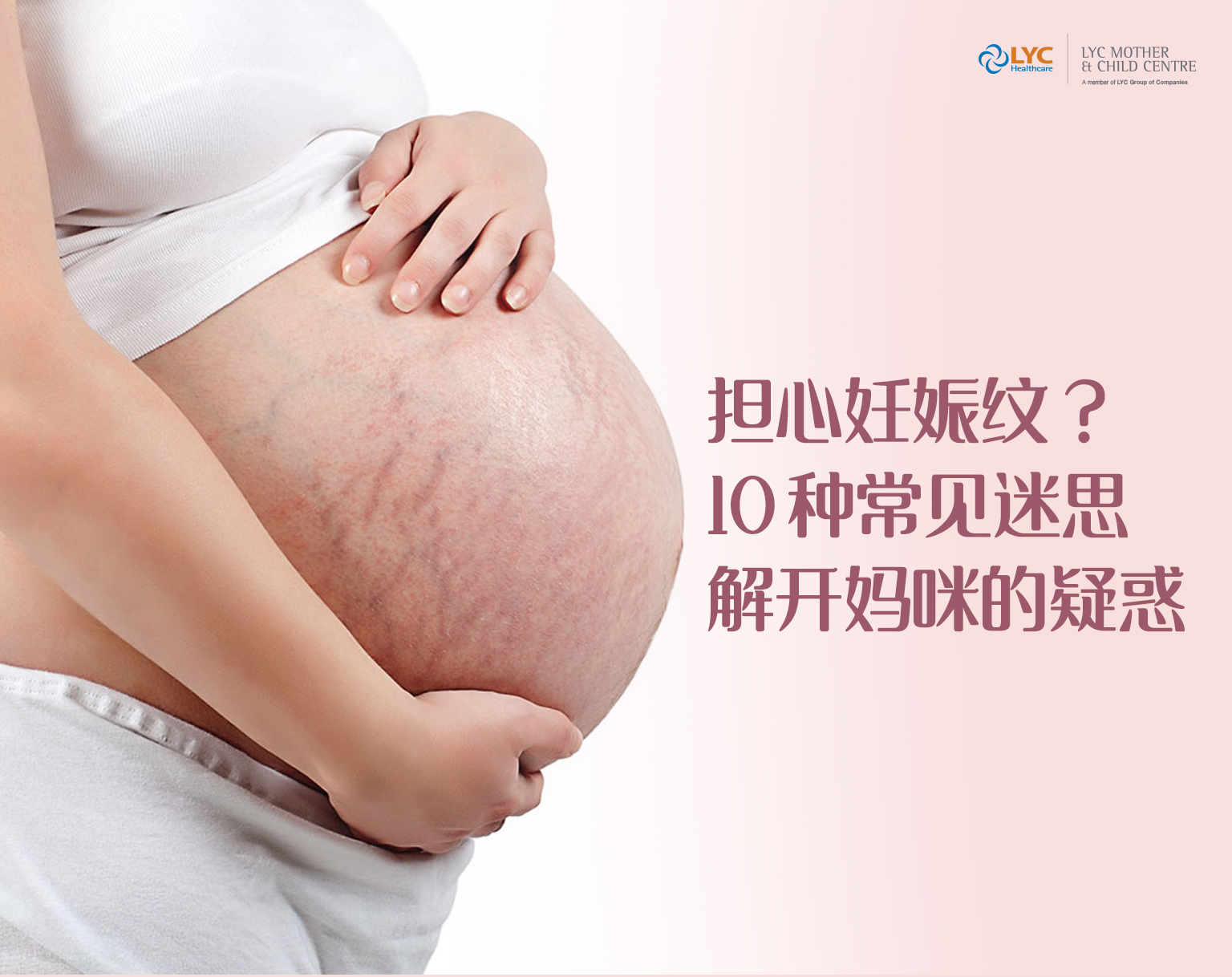
In most cases, when your skin is stretched abruptly due to pregnancy or short-term weight gain, the elastin and collagen tissues that support the skin cannot adapt to the sudden expansion of the body, and the resulting scar is what we know as a stretch mark.
Most mummies get stretch marks during pregnancy because the skin stretches to make room for the baby in the belly. Hormonal changes during pregnancy can also soften the fibers of the skin, making it more prone to "tears" and stretch marks. Statistics show that 90% of moms will have stretch marks before and after the baby is born, and they are most common during or after the 6th month of pregnancy.
Stretch marks form reddish-brown, pink, or purple streaks on the skin, usually on the thighs, buttocks, triceps, buttocks, abdomen, and above the knees. Stretch marks can take on a silvery, shiny, or white appearance over time. While it poses no medical risk, stretch marks are a cosmetic issue that can affect mummy’s self-confidence.
Like any scar on the body, stretch marks can be permanent, although some may disappear over time. Effective treatments can relieve itching and make it less noticeable. If you have spent a lot of time and money trying to get rid of stretch marks without any noticeable results, you should consider consulting a professional dermatologist. A dermatologist will assess your condition and recommend the most appropriate course of treatment based on age, health, and duration of stretch marks.
Many mummies wish to prevent and reduce stretch marks, but as stretch marks are mainly formed due to tears in the dermis layer of the skin, they cannot be completely prevented or eliminated. However, there are ways to minimise the appearance of stretch marks, such as LYC’s well-received postnatal care packages, which combine modern advanced technology with effective traditional formulas to help mummies out.
Here are some myths debunked to help you better understand stretch marks:
While weight gain is one of the causes of stretch marks, growth spurts, puberty, rapid weight gain or loss, and hormonal changes can also cause stretch marks in those who are skinny. Stretch marks can also develop if you are not getting enough fluids or taking care of your diet.
Skin stretching isn't the only cause of small tears in the dermis. Stress, medications, hormonal changes during pregnancy, and even genetics can lead to stretch marks. If your mother develops stretch marks during pregnancy, there is a good chance that you will also have it.
Many moms think that losing weight can make stretch marks disappear. In fact, stretch marks are scars formed due to tears in the dermis. Losing weight can only reduce the stretching of the skin, so as not to form more stretch marks. Rapid weight loss can even make stretch marks more visible, and stretch marks do not disappear on their own.
Like normal post-surgical scars, stretch marks do not heal with time because the elastin fibers in the dermis layer of the skin have been damaged. However, the appearance of stretch marks may fade over time. Usually, creams or treatments can help improve or reduce the appearance of stretch marks.
Stretch marks are caused by stretching of the skin, and factors such as hormonal imbalances can also happen to men, hence men can also get stretch marks too. Bodybuilding or strenuous workouts increase the chance of developing stretch marks, plus men generally lack collagen, requiring more time to heal any skin damage.
Stretch marks can appear anywhere on the body, but areas that are particularly prone to scarring are the buttocks, thighs, lower abdomen, breasts, and areas where the skin can be stretched due to weight gain or weight loss.
Not all moms will develop stretch marks after pregnancy, and some moms will not develop stretch marks throughout the pregnancy, depending on the type of skin and elasticity of the mom. Mummies who are obese, have bigger babies, gained weight or are younger when they become pregnant have a higher chance of developing stretch marks.
Stretch marks are usually lighter in color than your skin tone, and will not darken due to sunlight exposure. When other skin layers become darker, it will make your stretch marks appear more obvious, so remember to protect your skin when you are out in the sun.
New stretch marks less than a year old tend to be red or purple due to blood vessels under the skin, the marks then become more purple and eventually turn silvery or white. The shape and color of stretch marks also vary from person to person, depending on the severity and location of the stretch marks on the body.
There are treatments that can minimize the appearance of stretch marks and help mummies reduce their chances of developing stretch marks in the future, such as LYC’s well received postnatal care packages, which combine modern advanced technology with effective traditional formulas to lend mummies a helping hand to reduce the risk of developing stretch marks in the future.